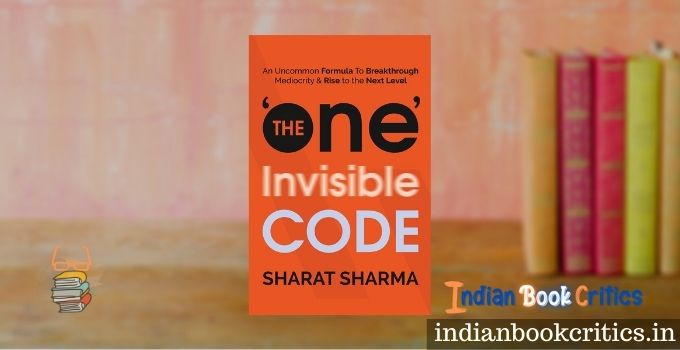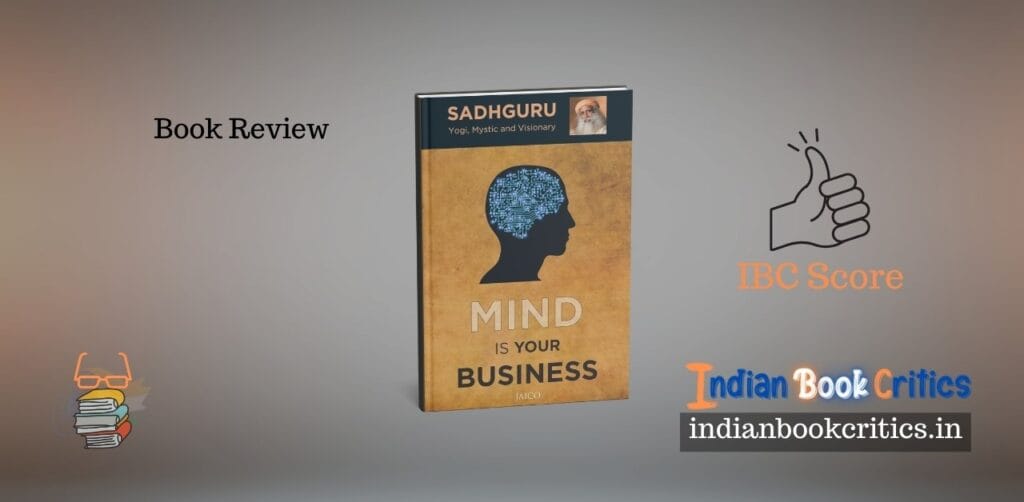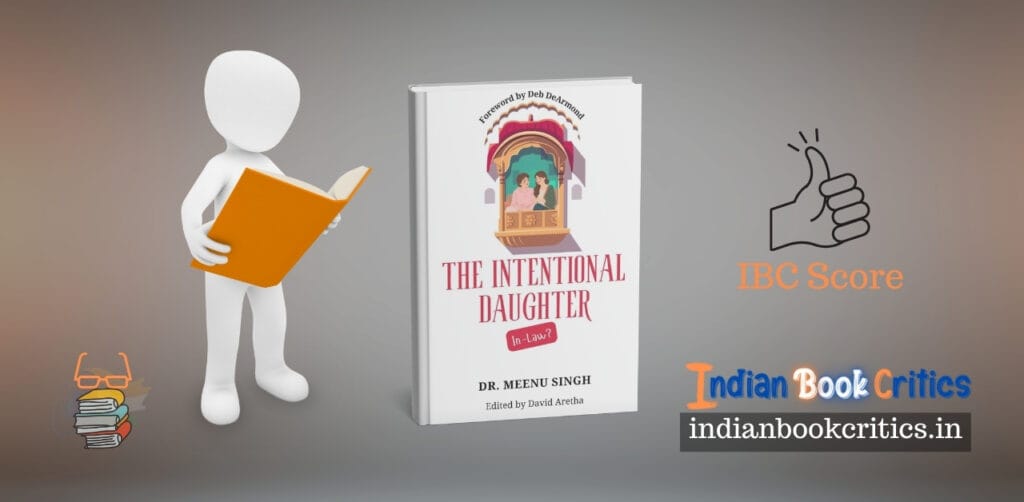Sharat Sharma’s motivational book, The One Invisible Code, has been in the buzz for a while now. Readers who read it have shown great enthusiasm in appreciating the book because it offers the ingredients of inspiration in a way that no other books have tried to offer, in contemporary period at least. Well, this is what makes a book different – offering things differently. Nevertheless, when the genre is popular enough and the scope for content delivery is limited, doing things differently does matter… and this is what inspired me to read this book and review the same. So, here is my review of The One Invisible Code written by Sharat Sharma.
The book begins with a very communicating subtitle, ‘An Uncommon Formula To Breakthrough Medicrity & Rise to the Next Level’. And, the title as we know already, The One Invisible Code, is subtle – there is a code but that’s invisible and yet, it is an uncommon formula. Readers like me or even readers usually who read a lot will undoubtedly give this a few moments. When we move ahead from the title, we come across a preface or rather a very engaging message to ‘dreamers’ in the readers. Sharat has tried to engage with the readers and also arouse the level of curiosity, expectations and anticipations in them. Before the message from the author, there are praises for the book – short appreciations by many leading personalities in the various fields.
The book contains 10 chapters. There are three parts in the book – the first part has three chapters, the second part has two chapters and the third and the final part has five chapters. It begins with connecting the dots and it goes by the path of mindset, the orbit of mastery and mediocrity, the aspirations, the beliefs, and ultimately to the freedom! The newness of the book comes in the form of content delivery. I have grown up reading many books and many self-help or motivational books were also a part of my reading list, more often. From Carnegie to Shiv Khera, from Covey to Kiyosaki, from Chetan Bhagat to Sachin Tendulkar and many spiritual and religious leaders. They all have different styles but one thing might be traced in most of these authors – the reader and the author are disconnected, distant and many levels apart. In the case of Sharat’s book, this is not seen or experienced. The author, invisibly, is very much present with the readers and he walks with the readers. There are stories that help you learn the lessons in a very humane way. There are certain sections in every chapter that convey the author’s filtered messages to the readers, after the stories. The Inspiration Corner, the exercises, the steps to identify or change or modify x, y or z… the structure is very friendly.
Our growth is determined by the positive beliefs that we have. And I must spend time challenging and changing my negative beliefs? Is that true, Master?
This is what Joy asks, in chapter 8, to his master, a guide who is rather an alter ego of the author himself. Sharat has handled the story-form wonderfully. The lessons can easily be extracted from these stories even before the readers reach to the highlighted sections to get their messages, bulleted points that convey various points and even exercises that inspire to test whatever one has learnt. Moreover, there are various other things in the book, The One Invisible Code, that will help the readers identify their goals and make ways to achieve the same. Here is a short and sharp example of one such section:
Steps to identify your ‘why’
Step 1 : Write what your goal is.
Step 2 : Ask why.
Step 3 : Ask why until you get the intrinsic reason/motivation/drive.
Step 4 : Once you find your intrinsic drive, ask yourself why you should do it, and how you would bring value.
Step 5 : What will happen if you don’t do it? What will happen to you and the others you want to serve?
Step 6 : Now make this specific.
The author has highlighted a certain GAPP framework in the book and modelled many lessons, sets of advice and suggestions on the same. The GAPP may stand for being Grateful, Progress centric actions, Defining Aspirations, and setting the Priorities right…
Conclusion:
Though the book has many things that we can comment about, debate and discuss. However, the book has been brilliantly planned and delivered by the author within his own framework and in a unique way. This can be said because the books a reader realise how to identify the problems and how to overcome the same. Sharat Sharma has shared many insights that are based on his personal experiences. However, it is also true that the model, to many readers, may feel like a school textbook as well. You read a lesson, you read the points in highlighted boxes, you read bulleted points and then, you reach to the problems and your inputs. It depends upon the readers’ approach, solely, when it comes to interpreting the book. To me, it is a differently written book that will certainly stir the mindsets of the readers… they may be inspired to do things in actuality… to get into action mode!
You can get a copy of the book by Sharat from Amazon India and read it right away! Get a copy by clicking the link to Amazon below:
Buy the book now – click here to get a copy – Amazon India
Review by Anand Shiv Jha for Indian Book Critics
The One Invisible Code by Sharat Sharma – Book Review
- Indian Book Critics' Score
Summary
A short, to the point and very differently written book… it will certainly compel the readers to think about their life, goals and ways to achieve the same!





2 Comments. Leave new
One thing I liked more you wrote is that in foreign writers self-help books the writer does feel disconnected most often. I too have experienced that in few books. And whenever we look for self-help books 99% of foreign author’s books come in front. I have been looking for su8ch genre books by Indian authors. Honestly, I was a little skeptical initially about the book but, after reading your review, not anymore. This book has gone into my Amazone wish list and soon will be in my hands to read.
I am glad I stopped by your blog!!
Happy Reading!!
This sounds like a practical handbook… practicality is a good tool when one is talking about life, goals and results. Appreciate the author of this book and also the reviewer to bring it out.